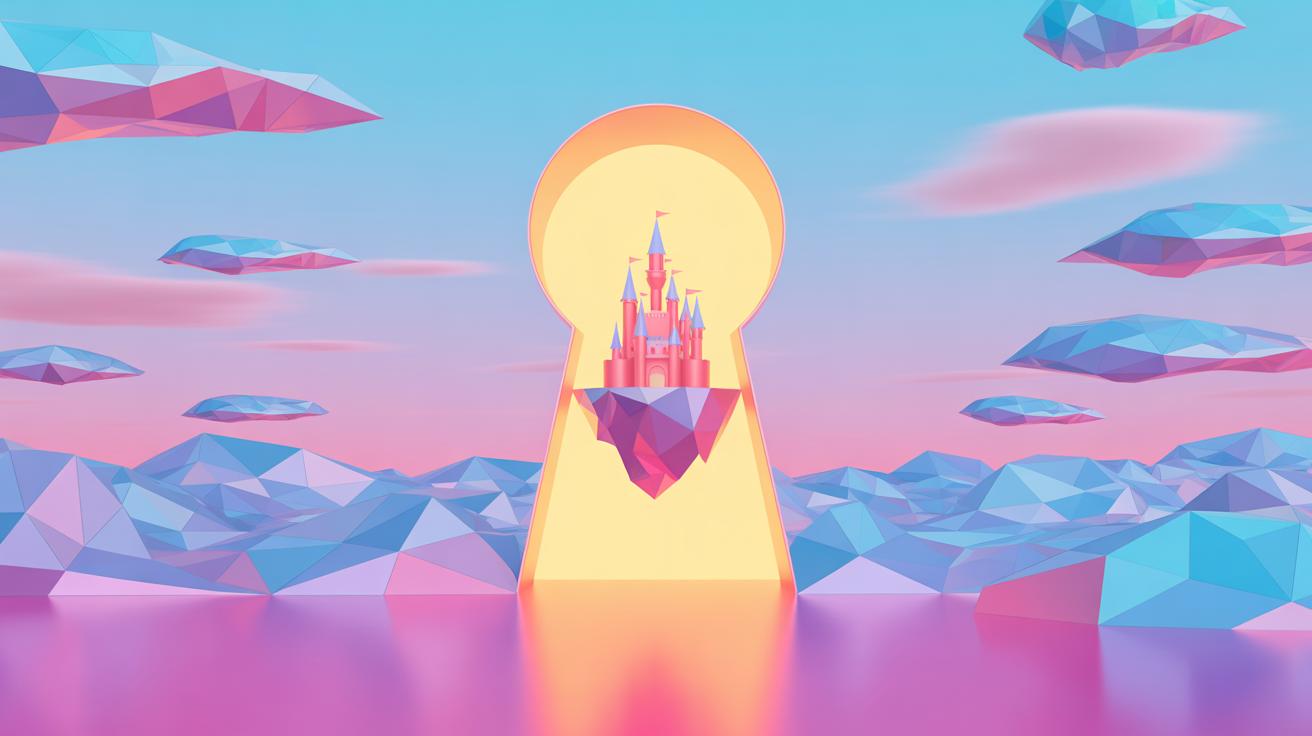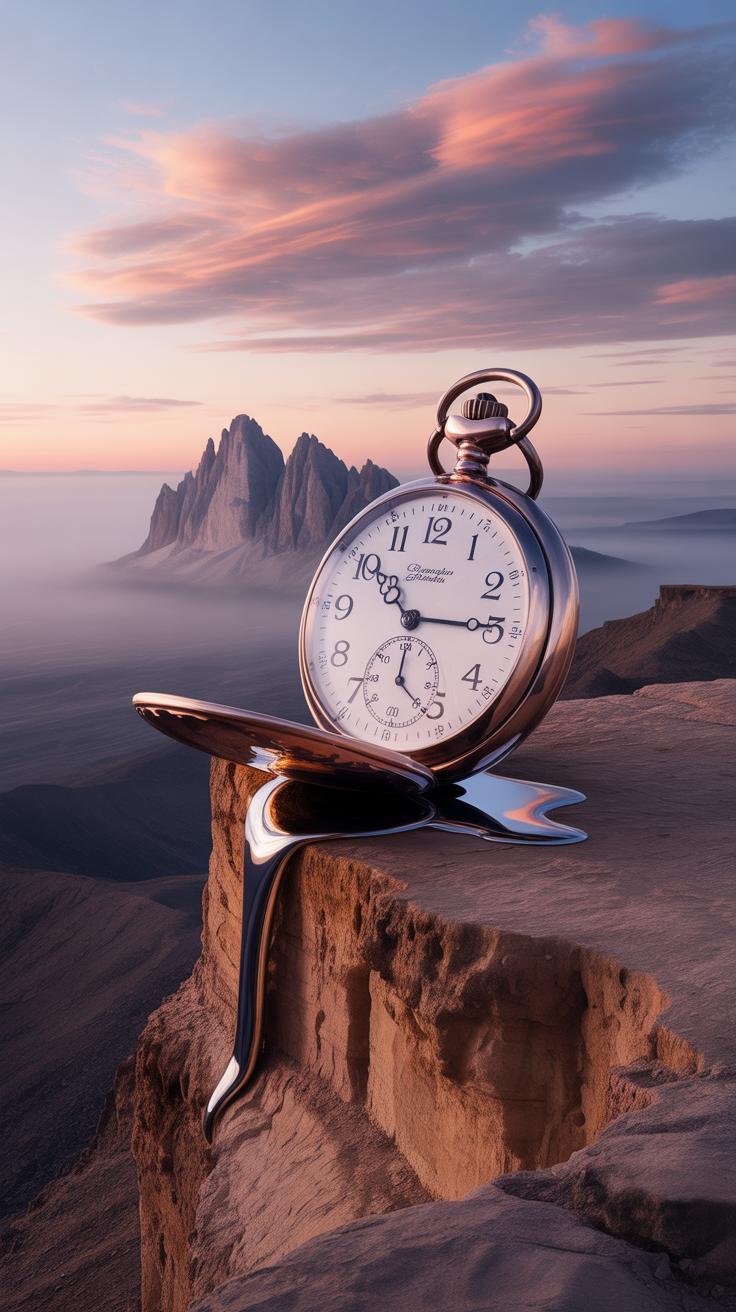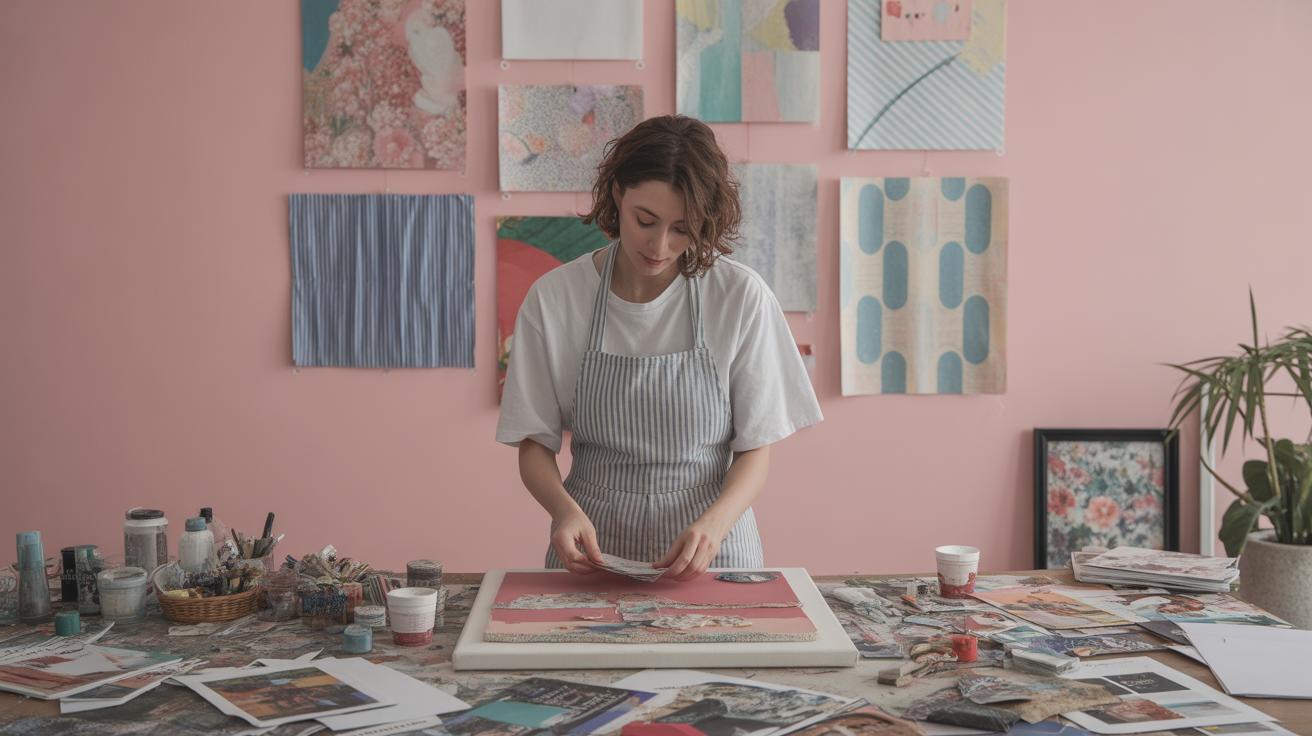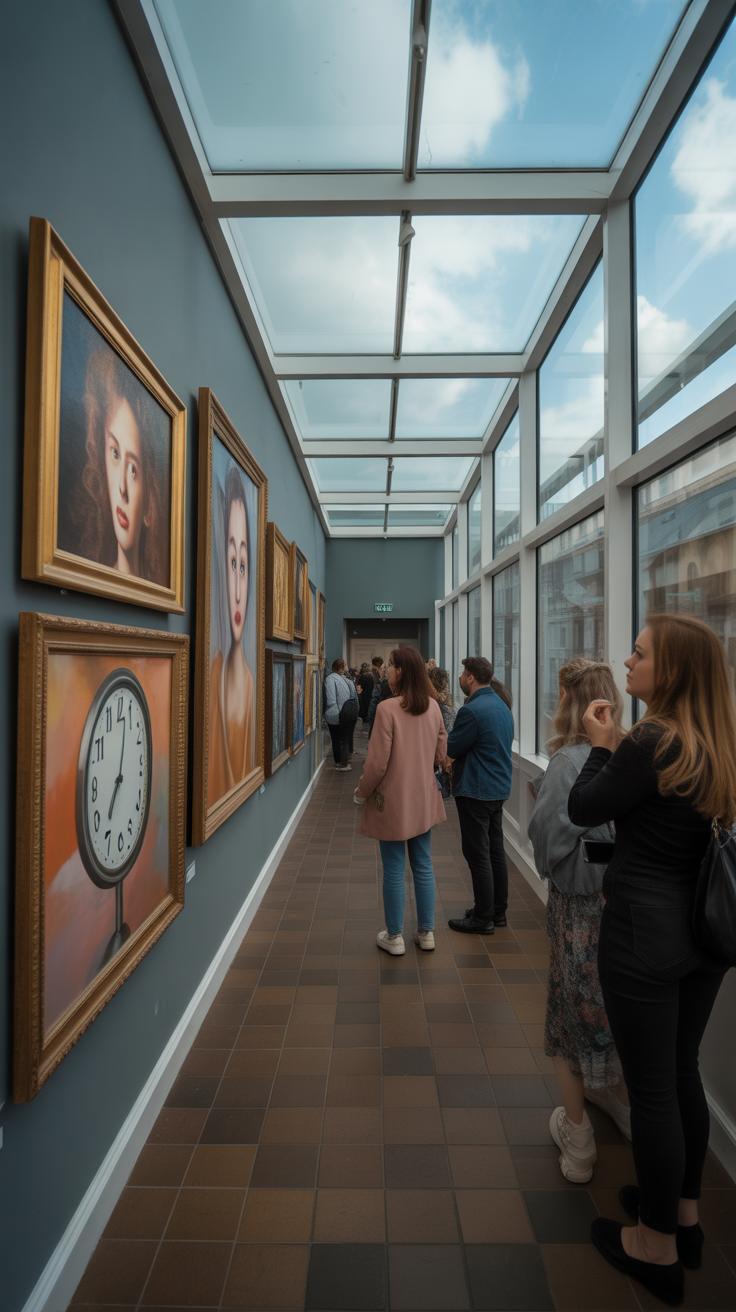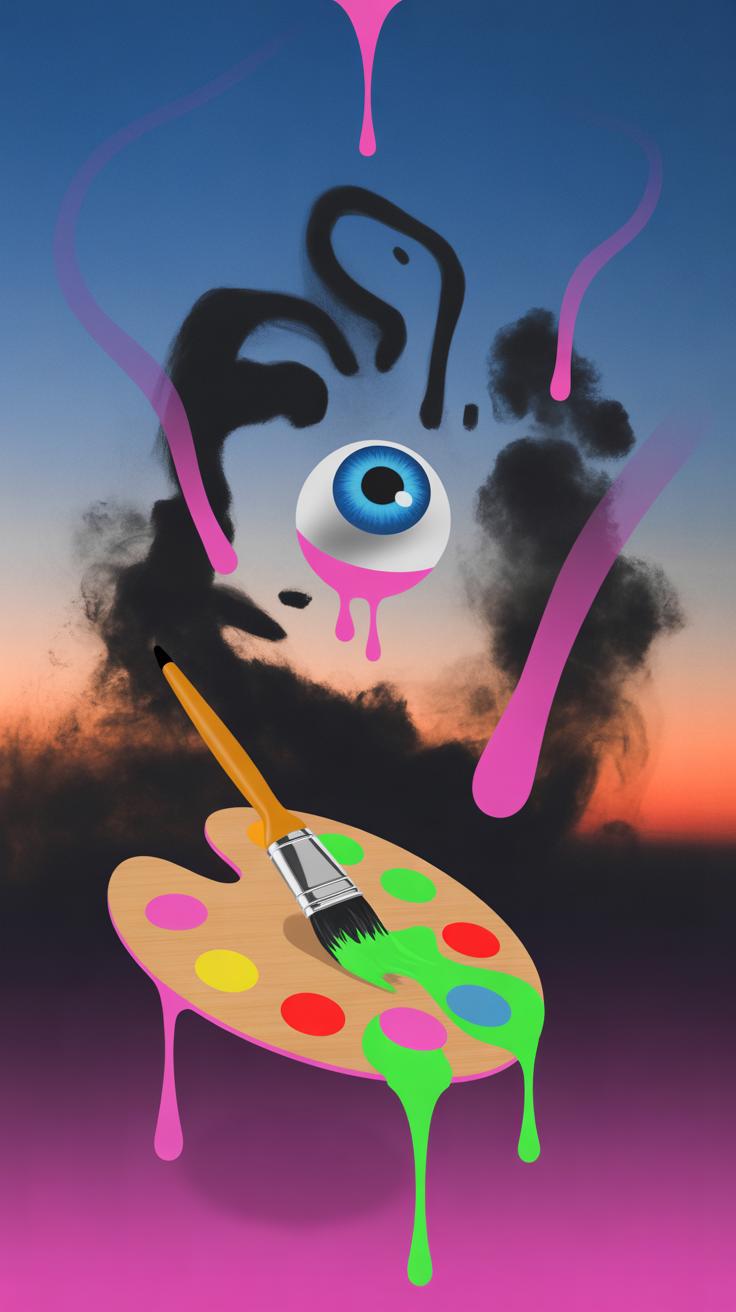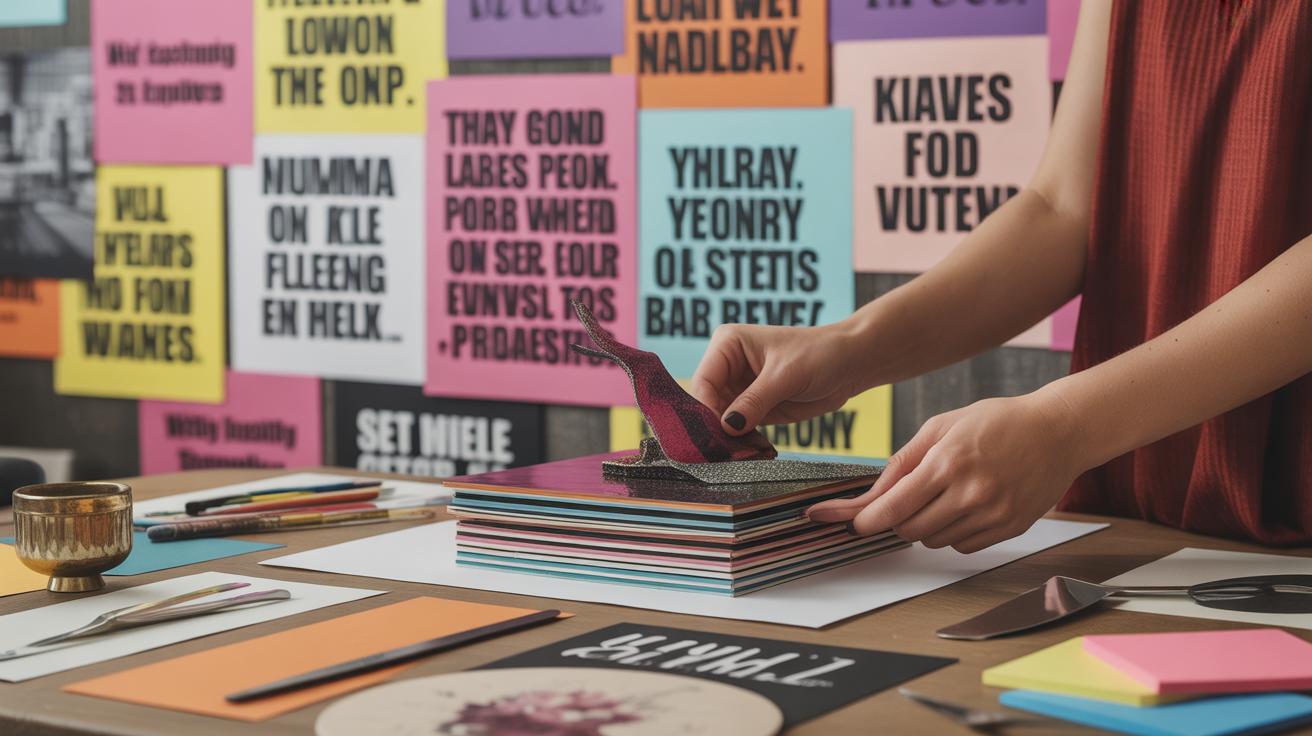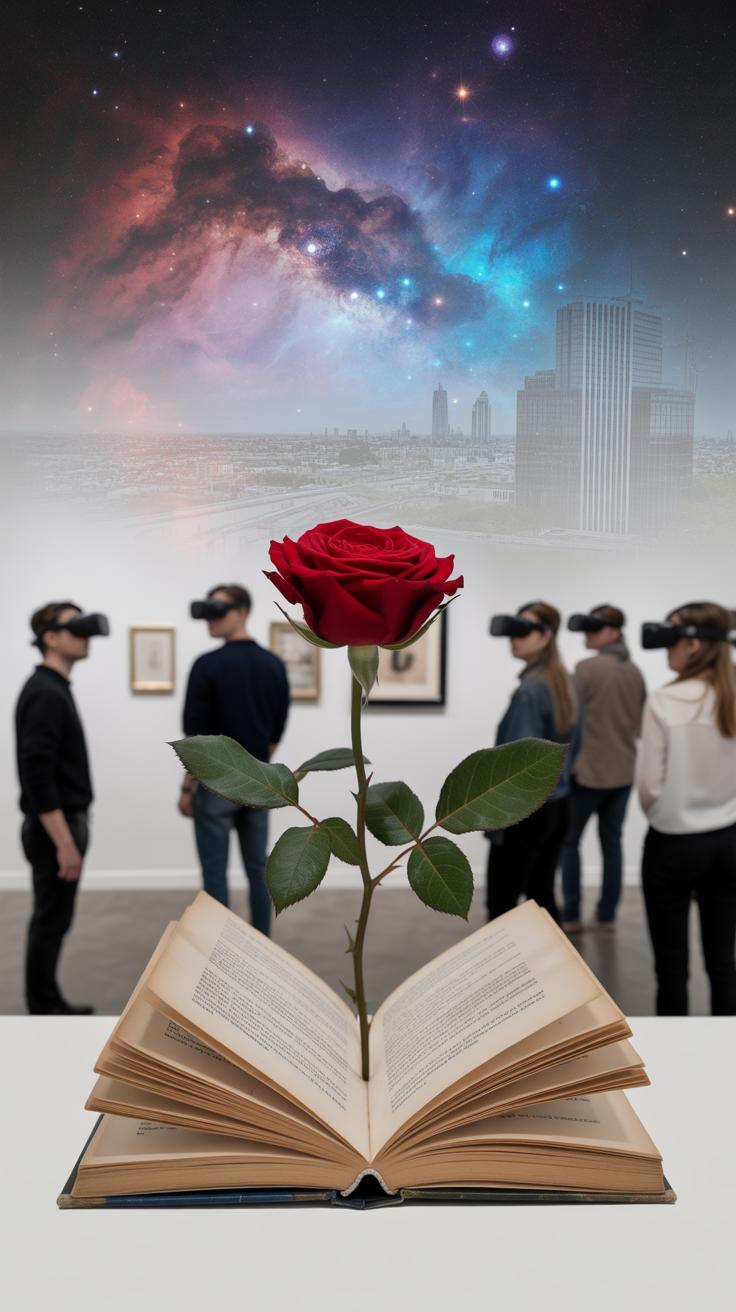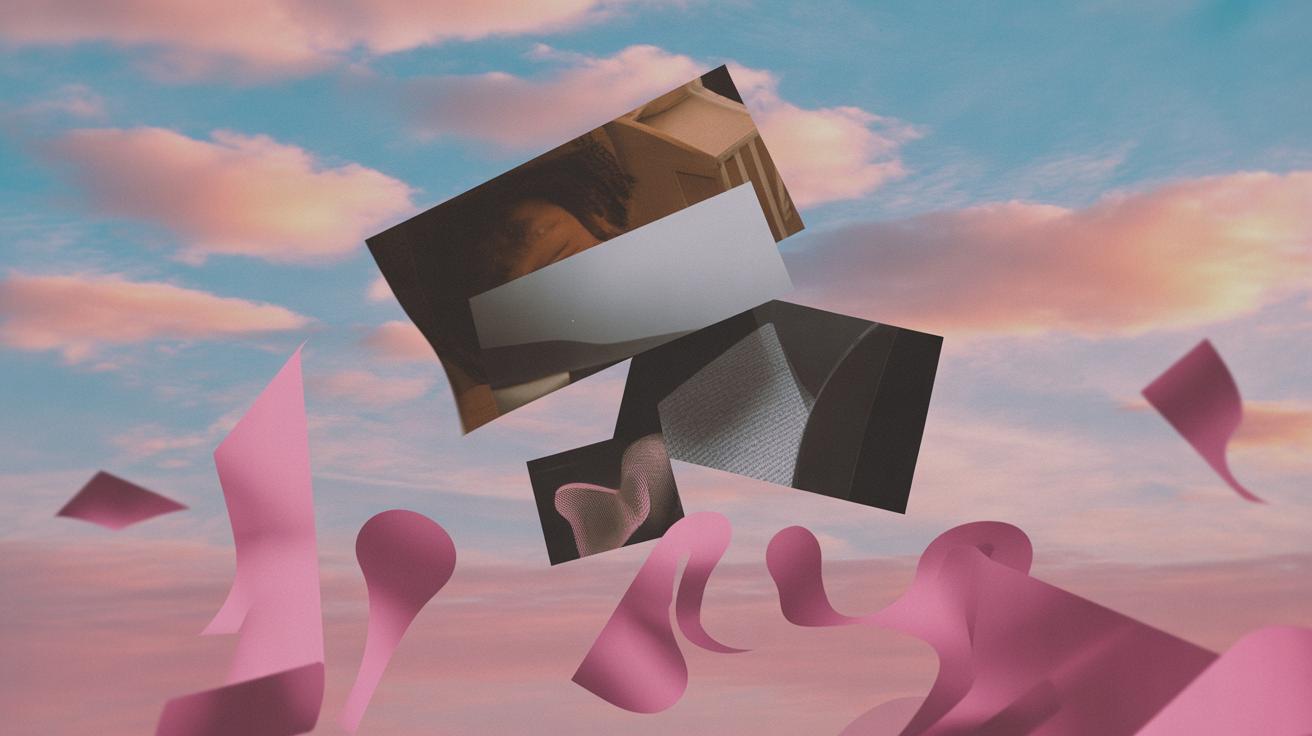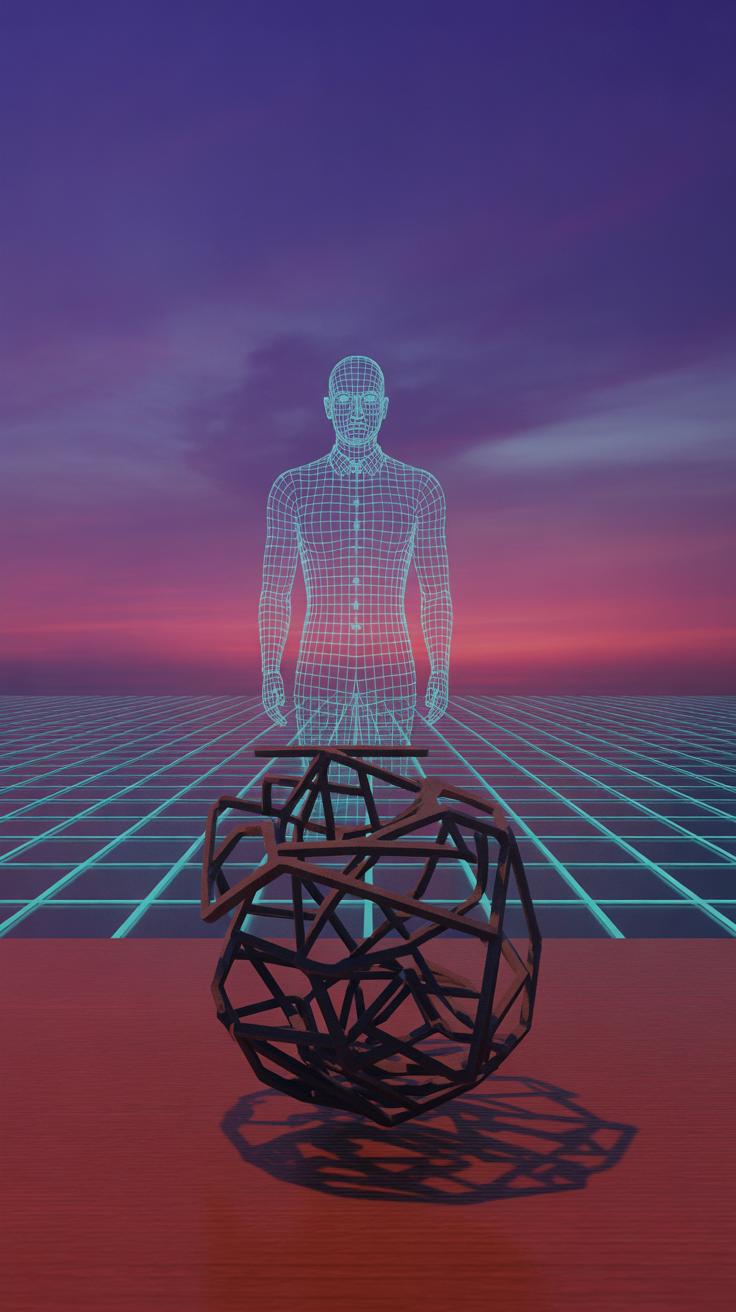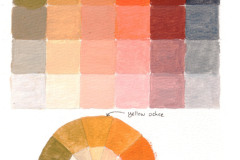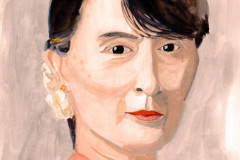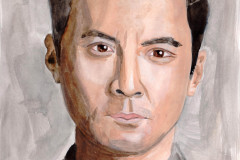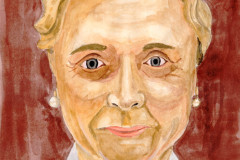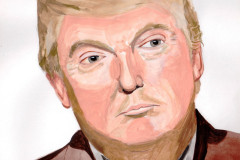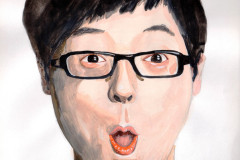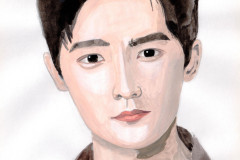Introduction
Surreal art is a style that opens a window to the unconscious mind. It mixes the real and the dreamlike, showing scenes that can seem illogical but full of deep meaning. This art form, rising after World War I, still fascinates and prompts many questions.
This article will take you through the basics of surreal art, where it began, what makes it unique, and how you can see its traces in today’s visual art world. You’ll discover how artists use surprise and imagination to express new ideas that challenge ordinary views.
What Is Surreal Art and Where Did It Start
Surreal art can be tricky to pin down. At its core, it’s a style that tries to blend dreams with reality. You might see strange juxtapositions—objects or scenes that don’t normally belong together—but they feel oddly familiar, inviting you to question what’s real. This sort of art first emerged after World War I, a time when many were disillusioned and searching for new ways to express the chaos and trauma they experienced.
The goal was to break free from traditional logic and tap into what lies beneath conscious thought—the unconscious mind, where dreams and hidden desires live. Surrealism asks you to look beyond the surface, to explore those blurred lines between waking life and dreams. The visuals often seem mysterious or even unsettling, but that’s part of the appeal.
The movement started in the early 1920s, sparked by poets and artists who had been influenced by Freud’s theories on the unconscious. Figures like André Breton, who wrote the Surrealist Manifesto in 1924, set the tone—not just as artists but as revolutionaries challenging how we think about reality. Names like Salvador Dalí and Max Ernst soon became tied to this new way of seeing, which was as much about psychology as it was about art.
What surprises me is how quickly the movement spread and evolved. It wasn’t just about painting odd images; it was an attempt to change perception itself. And while it began in Europe, it didn’t stay confined there. Surrealism sparked a broader cultural shift that still influences art today, even if you don’t always notice it at first glance.
What Makes Surreal Art Different
Surreal art often grabs you by the senses and refuses to let go. Its distinctiveness lies in the way it combines things you wouldn’t expect to see together, creating a visual jolt that makes you pause—and maybe even question what you thought you knew. Imagine a clock melting over a tree branch or a fish swimming through a sky filled with clouds. These are not just random oddities; they’re deliberate choices meant to disrupt your usual way of seeing.
Here are some features that often set surreal art apart:
- Unexpected combinations that clash yet somehow feel oddly coherent.
- Dreamlike scenes where the normal rules of reality bend or break.
- Visual surprises that prompt a double-take, pushing you to look deeper.
Surreal artists often pull from their dreams and subconscious, opening a window to parts of the mind that rarely get expressed. Dreams aren’t merely inspiration; they’re a structural backbone. Imagination acts as the bridge between the conscious and unconscious, shaping images that might be unsettling, yet mysteriously familiar.
If you’ve ever woken up trying to grasp a fading dream, you might know how strange and elusive these images can be. Surreal art tries to capture that elusive feeling—where things feel both real and unreal at once. Perhaps the reason these pieces resonate so strongly is that they tap into your own inner world, where logic is loosened and imagination roams freely.
Famous Surreal Artists You Should Know
André Breton and the Surrealist Manifesto
André Breton is often seen as the driving force behind surrealism, the one who gave the movement a clear voice and a sense of purpose. Back in 1924, he wrote the Surrealist Manifesto, a text that tried to pin down what surrealism really meant—or maybe what it could become. Breton wasn’t just a writer; he was an organizer, rallying artists and thinkers to explore the unconscious mind through art and literature. His manifesto laid out surrealism as a way to unleash the imagination without the limits of rational thought. You might find it interesting that Breton’s role was less about creating art himself and more about shaping the movement’s philosophy and sense of community.
His efforts brought together a diverse group of creatives, creating a space where irrationality and dreams could take center stage. In some ways, you could say Breton gave surrealism its identity, though the artworks themselves came from many different hands.
Salvador Dalí and His Iconic Works
Salvador Dalí is probably the name most people connect with surrealism. His paintings often feel like a strange mix of precise technique and wild, dreamlike ideas. Dalí had this knack for painting strange juxtapositions with almost photographic detail. That sharpness makes the bizarre subjects all the more unsettling.
Some of his most famous works include “The Persistence of Memory,” with its melting clocks draped over odd objects, showing time as flexible, perhaps meaningless. Then there’s “The Elephants,” where spindly-legged elephants carry massive loads, reminding you of contradictions between fragility and strength. Dalí’s style wasn’t just about the images, though. He also performed eccentric public appearances, making his persona part of the surrealist experience. Does his flamboyance distract from or add to how you see his paintings? It’s a tricky question.
If you’re diving deeper into surrealism, Dalí’s work is a good place to start—his paintings capture that strange border between reality and the subconscious in a way that sticks with you.
Surreal Art Techniques and Styles
Surreal art often feels like stepping into a dream mixed with reality, and the way artists get there can be quite varied. One of the most intriguing approaches is automatic drawing and writing. This method involves letting the hand move freely across the page, without conscious control, as if the mind is on autopilot. It’s a way to bypass logic and tap directly into the subconscious, creating lines or words that can later morph into strange, unexpected forms. You might wonder if this makes the final work less intentional—maybe it does, but that loss of control is kind of the point.
Then there’s the blending of real objects and fantasy, a staple of surrealism. Artists take familiar things—a clock, a chair, a human body—and twist them into strange combinations. A melting watch or a floating tree in a desert are examples that make you question what’s real. This mix generates that unsettling feeling, where you recognize the parts but not the whole. It keeps you guessing and sometimes even unsettled, though you keep looking, trying to piece it together.
This fusion of techniques allows surreal artists to create images that feel simultaneously familiar and alien. Whether through unplanned automatic marks or deliberate juxtapositions of the realistic and the absurd, the results pull you into a space where imagination seems boundless but strangely tethered to reality. It’s like they’re inviting you to explore your own mind, but with a guide who’s just as curious as you are.
Surreal Art in Modern Visual Expression
Surrealism continues to shape how artists approach painting, photography, and digital media today. Its influence isn’t limited to a single style or era but flows through contemporary visual expressions in unexpected ways.
In modern painting, artists often explore surrealist imagery to challenge reality or provoke thought. Take, for instance, painters like Julie Curtiss, whose unsettling yet captivating scenes blend unusual objects and distorted figures. Or Kay Kurt, who reinterprets everyday subjects with a dreamlike quality that evokes that classic surreal vibe—but with a fresh perspective. These artists don’t just mimic the past; they twist and reinterpret what surrealism means now, making it relevant for modern viewers.
The impact of surrealism goes beyond traditional canvases into photography and digital art. Digital tools let creators manipulate reality with greater ease. Photographers such as Jerry Uelsmann pioneered surreal photo montages long before Photoshop, layering negatives to form bizarre, impossible scenes. Today, digital artists push similar ideas further by blending 3D rendering, AI, and photo manipulation to craft images that feel dreamlike yet hyper-realistic.
This raises interesting questions: does the ease of digital tools make surrealism more accessible or less surprising? And to what extent has technology changed the way we understand unconscious or imagined worlds visually? As you explore these works, you might find surreal art in modern forms both familiar and strangely new—sometimes precise, sometimes elusive. It’s not about a single narrative but a spectrum of interpretations, reflecting our complex relationship with reality.
Why Surreal Art Matters Today
Inspiring Creativity and New Ideas
Surreal art invites you to step outside ordinary thinking. It doesn’t just show impossible scenes; it encourages your mind to wander freely, to imagine beyond what feels logical or expected. When you’re faced with a melting clock or a floating face, your brain is nudged into making new connections. This can spark ideas that feel fresh or even strange, but that’s exactly the point.
People often say that surreal art is like a playground for the imagination—maybe a bit wild, sometimes confusing, but never dull. I remember seeing a painting that seemed to blend dreams with reality, and I couldn’t help but wonder what it would be like to see the world through that kind of lens. It pushed me to think differently, even in small ways, about creativity and problem-solving.
- It challenges standard boundaries of thought.
- Encourages risk-taking in artistic and everyday ideas.
- Provides a visual space where the impossible gains meaning.
Challenging Reality and Perception
Surreal art often feels like a puzzle without one clear answer. It asks, quietly or sometimes loudly, “What is real?” or “How do you see the world?” When you look at those dreamlike, distorted images, you might start to doubt what you assumed you knew about reality. That tension can be uncomfortable but also deeply engaging.
Sometimes, it’s enough to just let your eyes linger on something odd and unsettling, then watch your mind try to explain it. I find myself wondering if my perception is limited or if the artwork reveals something hidden in everyday life. This kind of questioning can carry over beyond the canvas, making you more aware of biases and perspectives that shape your experience.
- It blurs lines between fantasy and reality.
- Encourages questioning of assumptions and norms.
- Invites personal interpretation, making each experience unique.
So, surreal art matters today because it keeps us curious, keeps us uncomfortable in a good way, and reminds us that there’s more to see if we’re willing to look. Maybe that’s why, even now, it refuses to be just a curiosity of the past.
How You Can Appreciate and Create Surreal Art
Surreal art can feel puzzling at first glance—strange shapes, unusual juxtapositions, and dreamlike scenes that don’t seem to follow logic. When you look at surreal pieces, try not to search for a straightforward meaning. Instead, focus on what emotions or memories the imagery brings up for you. Sometimes, the artist’s intention is less important than your personal reaction. Ask yourself questions like: What surprises me here? What feels familiar or unsettling? What story might these elements hint at, if any?
If you want to make your own surreal art, start simple. Pick a few everyday objects and place them in unusual settings or combine them strangely. You don’t need complicated tools to begin—just paper, pencils, or a digital drawing app can be enough. Try mixing realistic drawing with abstract or distorted forms. Let your imagination roam freely without worrying about “rules.” For instance:
- Draw a clock melting over a tree branch, or a face made of clouds.
- Experiment with overlapping different textures and styles.
- Use digital layers to manipulate images and create unexpected blends.
Remember, surreal art grows out of curiosity and play. If you find yourself stuck, take a break or look at other surreal works. Seeing how artists bend reality might spark new ideas. Don’t fret about making sense; embracing confusion is part of the process. You might be surprised how your mind starts connecting odd dots and forming something uniquely yours.
Surrealism Beyond Art
Surrealism in Literature and Film
Surrealism doesn’t just stop at paintings—it sneaks into stories, poetry, and movies in ways you might not immediately notice. Writers use surreal imagery and unexpected juxtapositions to disrupt ordinary narratives. Think about how some poems lead you down winding, dreamlike paths where logic seems to bend. It’s almost as if the unconscious mind takes over, revealing fears, desires, or memories in strange but vivid ways.
In film, surrealism often shows up as scenes that defy traditional storytelling. Films like Luis Buñuel’s “Un Chien Andalou” or David Lynch’s works toss you into unsettling or confusing moments that stick with you precisely because they resist easy interpretation. These moments make you question reality itself—or at least your perception of it.
Cultural Influence of Surrealism
Surrealism seeps into everyday life more than many realize. Over decades, it reshaped ideas about what creativity even means. The movement challenged neat categories, nudging people to accept paradox and uncertainty as natural parts of experience. Sometimes, you might find this influence in how people approach fashion, advertising, or even how society thinks about dreams and the subconscious.
Plus, surrealism influences cultural thought by opening the door to alternative ways of seeing the world. It questions the rigid definitions we usually rely on, encouraging playfulness or discomfort with the familiar. This ongoing effect means surrealism keeps quietly shaping how culture evolves and how individuals make sense of their own realities.
Conclusions
Surreal art invites you to look beyond ordinary reality. It challenges simple answers and asks you to think about the world in new, creative ways. Understanding its roots and ideas can change how you see art and life around you.
By exploring surrealism’s beginnings and its influence today, you can appreciate its power in shaping modern visual expression. This awareness can inspire your own creativity and open your mind to endless possibilities in art.

